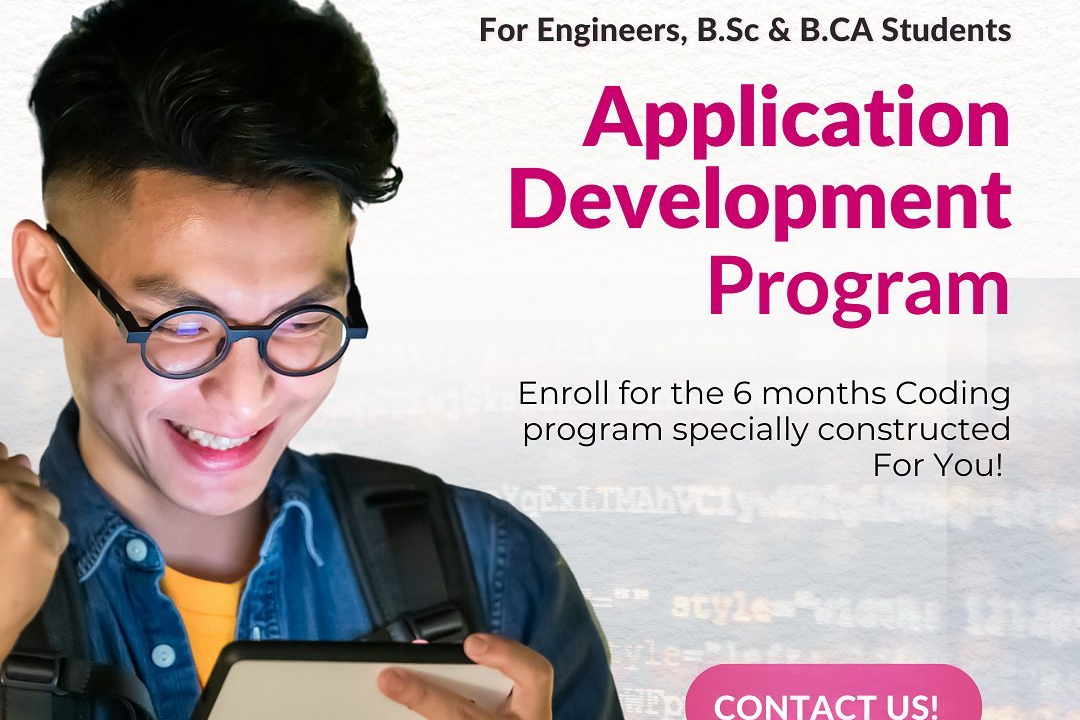Core Data Training
Mastering Core Data for iOS Development
Core Data Training
Core Data training typically focuses on teaching developers how to use Apple's Core Data framework effectively for managing data in iOS and macOS applications. It covers essential concepts such as the Core Data stack, managing object graphs, data persistence, and performing CRUD (Create, Read, Update, Delete) operations. Training usually includes hands-on exercises that demonstrate how to model data using entities and attributes, work with fetched results controllers for efficient data display, and implement advanced features such as data migrations and relationships between objects. Additionally, participants learn best practices for optimizing performance and leveraging Swift and Objective-C in conjunction with Core Data for building robust and scalable applications.
To Download Our Brochure: https://www.justacademy.co/download-brochure-for-free
Message us for more information: +91 9987184296
1 - Introduction to Core Data:
Overview of Core Data; its purpose as a framework to manage object graphs and persist data in Apple applications.
2) Understanding Data Models:
Explanation of data models, including entities, attributes, and relationships that represent the application's data structure.
3) Setting Up Core Data in Xcode:
Step by step guide to integrating Core Data into an Xcode project, including adding the Core Data framework and creating a data model file.
4) Core Data Stack:
Detailed description of the Core Data stack components: Managed Object Context, Persistent Store Coordinator, and Managed Object Model.
5) Creating and Saving Entities:
Hands on practice on how to create, configure, and save entities in Core Data, including error handling while saving.
6) Fetching Data:
Techniques for retrieving data from the persistent store using NSFetchRequest and its various options for querying.
7) Data Manipulation:
Introduction to updating and deleting records, as well as performing batch operations for efficiency.
8) Relationships in Core Data:
Explanation of one to one and one to many relationships, including how to model them and manage related data.
9) Using NSPredicate:
Importance and usage of NSPredicate for filtering and searching through data, with practical examples.
10) Concurrency in Core Data:
Best practices for working with Core Data in a multithreaded environment, including the use of background contexts.
11) Core Data Migration:
Strategies for handling data model changes and migrating existing data to new formats without losing information.
12) Integrating Core Data with SwiftUI:
Overview of how to use Core Data with SwiftUI for managing persistent data in modern apps.
13) Performance Optimization:
Tips for optimizing Core Data performance, including batch fetching, faulting, and efficient querying.
14) Debugging Core Data:
Tools and techniques for troubleshooting common issues with Core Data, including using the Core Data Model Editor.
15) Real world Project:
Capstone project where students will create an application utilizing Core Data, reinforcing concepts learned throughout the training.
16) Best Practices and Design Patterns:
Discussion of recommended practices for structuring Core Data code and using design patterns like MVC and Coordinator.
17) Resources for Further Learning:
Providing students with a list of resources, books, and online courses for continuous learning beyond the training program.
18) Q&A and Hands on Lab:
Interactive sessions where students can ask questions, troubleshoot their projects, and get hands on support with Core Data implementation.
This training program structure should provide students with a solid foundation in Core Data, preparing them for real world applications.
Browse our course links : https://www.justacademy.co/all-courses
To Join our FREE DEMO Session: Click Here
Contact Us for more info:
Java In Agile Development
scrum master course fee
Hackathons In Nashik
Flutter Training in Vapi
Angular vs React easier to learn











